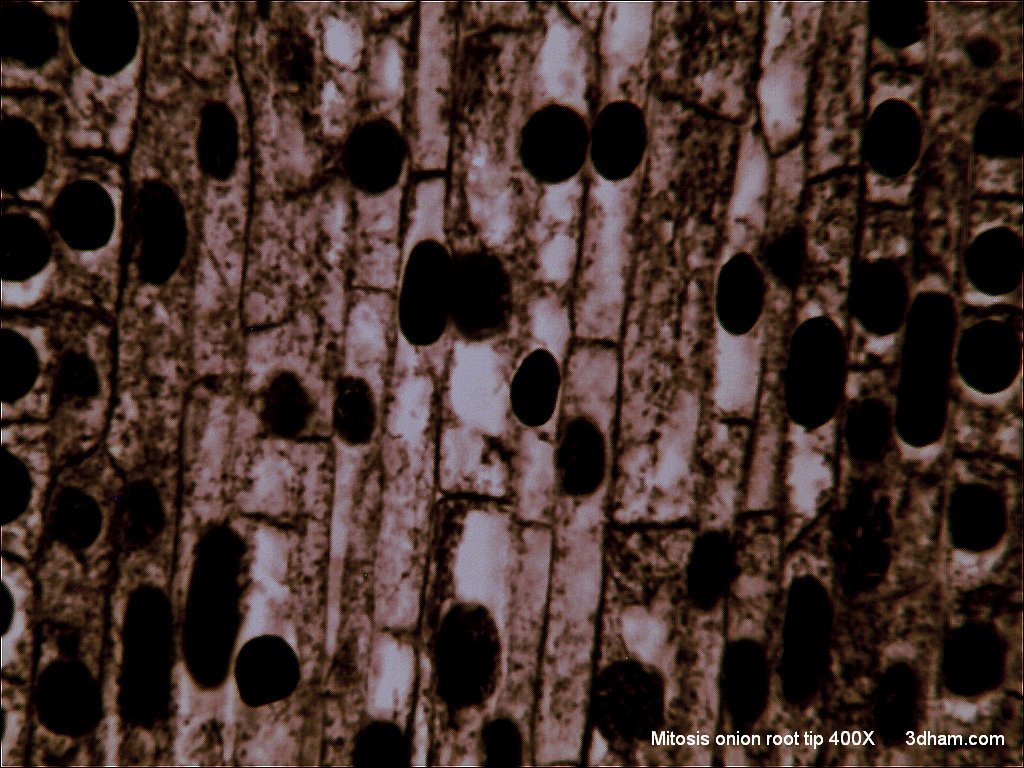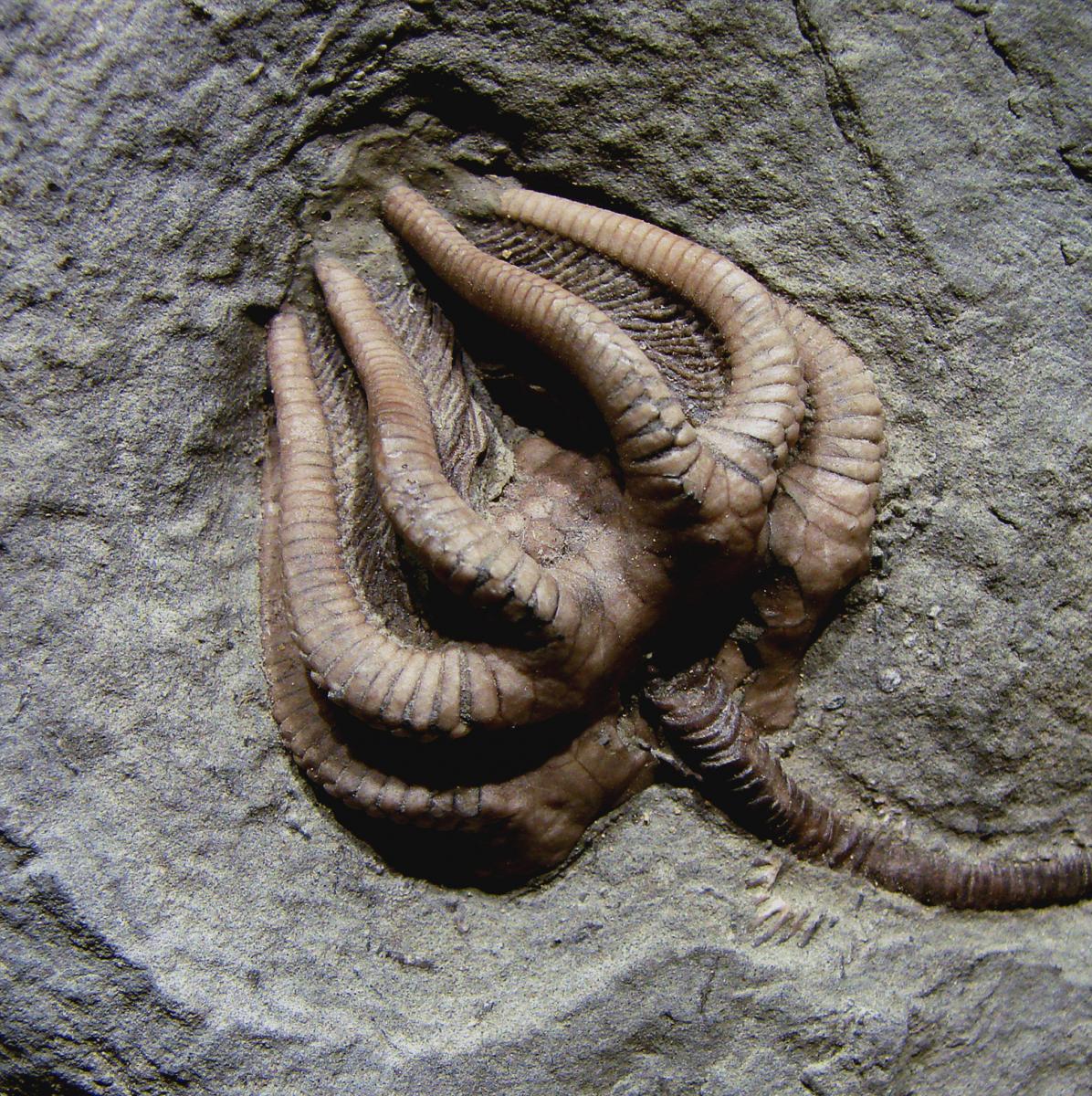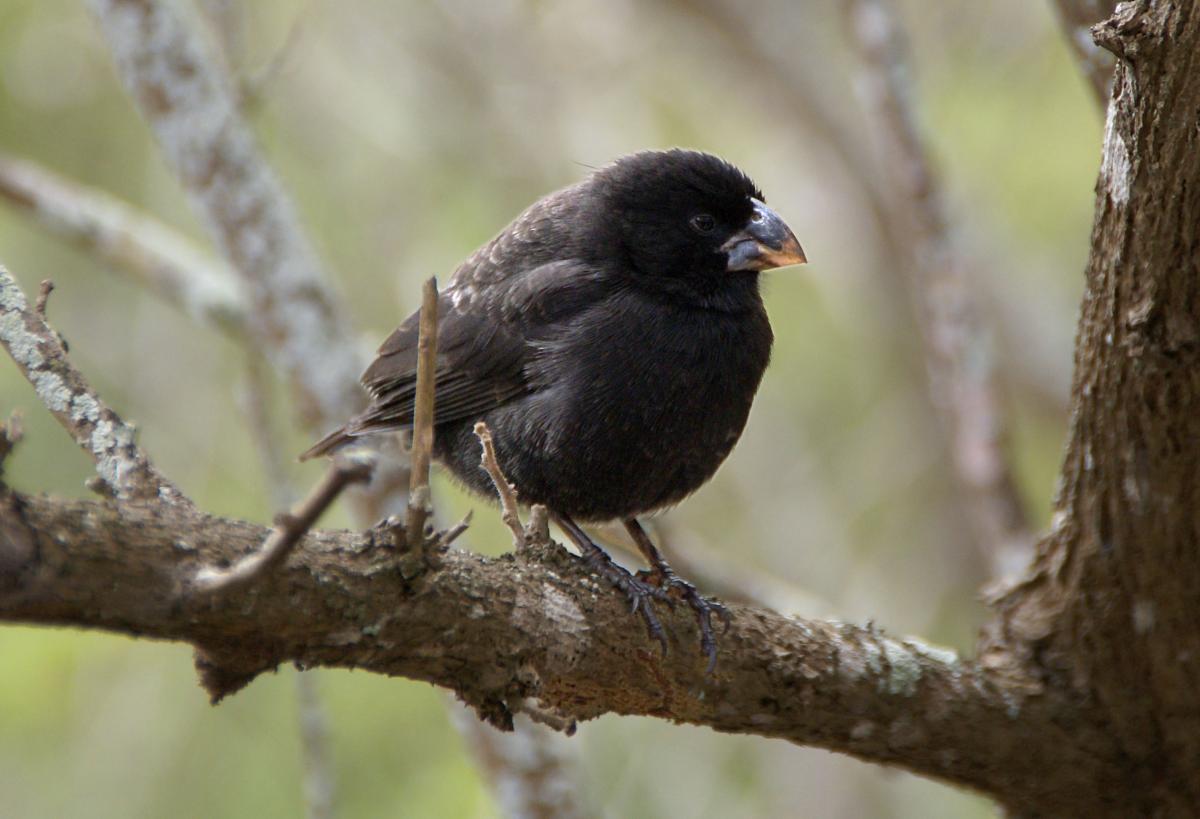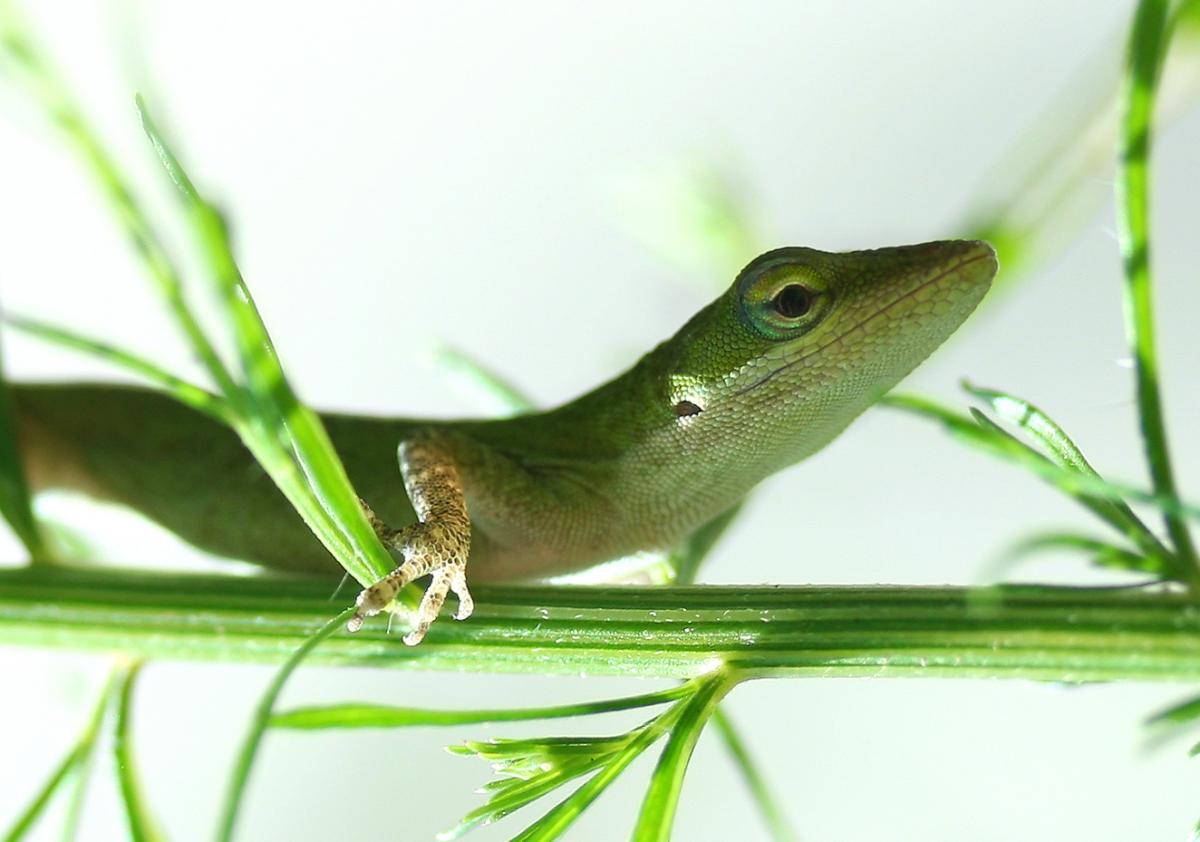 Let me admit it: I do not like cells. Or at any rate, I do not like studying cells. I found “little bio” so tedious that in college I invented a major to avoid having too many classes in it. I don’t like little bio because I couldn’t see what was going on. “Um. Have you ever heard of a microscope?” you naturally ask. Yes, of course. But wearing glasses always made it hard to use those old crummy light microscopes we had in school, and by the time I got my hands on awesome high-tech microscopes, I was already sold on “big bio.” The point here is not that little bio is bad or boring—it isn’t, and I’d be the first to admit that the little bio course on development that I took in graduate school was one of the most useful courses I ever took. Rather, I couldn’t initially connect with cell biology because I couldn’t see it happening. Static stained onion tip cells just didn’t do it for me. Organisms, evolution, and ecology got me humming because they were all so dynamic and present. The biosphere is a snapshot of evolution, and it absolutely fills the senses. I often wonder
Let me admit it: I do not like cells. Or at any rate, I do not like studying cells. I found “little bio” so tedious that in college I invented a major to avoid having too many classes in it. I don’t like little bio because I couldn’t see what was going on. “Um. Have you ever heard of a microscope?” you naturally ask. Yes, of course. But wearing glasses always made it hard to use those old crummy light microscopes we had in school, and by the time I got my hands on awesome high-tech microscopes, I was already sold on “big bio.” The point here is not that little bio is bad or boring—it isn’t, and I’d be the first to admit that the little bio course on development that I took in graduate school was one of the most useful courses I ever took. Rather, I couldn’t initially connect with cell biology because I couldn’t see it happening. Static stained onion tip cells just didn’t do it for me. Organisms, evolution, and ecology got me humming because they were all so dynamic and present. The biosphere is a snapshot of evolution, and it absolutely fills the senses. I often wonder  how anyone who observes the natural world can doubt evolution—the evidence is all around you.
how anyone who observes the natural world can doubt evolution—the evidence is all around you.
It’s ironic, therefore, that although evolution education often focuses, appropriately, on the evidence—fossils, embryos, homologies, genes, etc.—one of the most compelling categories of evidence we have is ignored: evolution in action. We have seen evolution happening—not just the results or effects of evolution, but the process. And that brings us to this week’s misconception:
Misconception: Evolution has never been observed “in action.”
Correction: Oh yes it has, in the lab and in the wild.
Recall that evolution is a shift in the heritable traits of a population over generations. It can be difficult to observe evolution in action among organisms with very long generation times—that is, the time between an individual’s birth and its reaching sexual maturity and producing its own offspring. Thanks to the fossil record and careful documentation, we know that evolution does (of course) occur among these populations—yes, even in humans—but when people want to see evolution, they usually mean that they want to see it happening with their own eyes. And for that, you need an organism that reproduces rapidly and, if we’re talking lab experiments, is easy to care for.
There are many examples of documented evolution in the lab among organisms such as fish, fruit flies, and bacteria. For example, a scientist at Michigan State University began culturing populations of E. coli bacteria and has basically sat back to see what happens. Over the years, the colonies have changed in many different ways as mutations arose and evolution ran its course. In 2008, the scientists found that one of the populations could metabolize citrate rather than E. coli’s usual diet of glucose—a huge evolutionary “leap” and a big, exciting discovery. What’s more, because the lab preserved a “fossil record” of the bacteria in freezers, the researchers were able to investigate the transition in detail.
As impressive and important as the research is, E. coli isn’t really the most charismatic model organism around. So my next example involves birds, and comes from the field, not the lab—and not just any field, but the Galápagos! For more than forty years, Peter Grant and Rosemary Grant have been documenting the characteristics of medium ground finch populations on the Galápagos island of Daphne Major. Nearly every bird  on the island has been captured and tagged by the Grants. If a bird dies, they know about it. If a bird has offspring, they know about it. Pretty much if a bird on the island does anything, the Grants know about it. Over the years, they have complied a massive data set that clearly shows how the frequencies of the heritable traits in the finch populations have changed over the years in response to environmental changes such as droughts.
on the island has been captured and tagged by the Grants. If a bird dies, they know about it. If a bird has offspring, they know about it. Pretty much if a bird on the island does anything, the Grants know about it. Over the years, they have complied a massive data set that clearly shows how the frequencies of the heritable traits in the finch populations have changed over the years in response to environmental changes such as droughts.
There are other examples, too. There is even an entire NSF center dedicated to funding “evolution in action” research. You can read about all of its sponsored projects on its website. Understanding Evolution has some wonderful student-friendly articles on how organisms have evolved in response to climate change, the evolution of PCB-resistant fish, and the evolution of fish body size in response to commercial fishing.
My advice to educators is simple: emphasize documented examples of observed evolution! At the younger grades, just saying “and we can see it, too!” can have a huge impact. In middle school, the work of the Grants can and should be part of the evidence-for-evolution suite you present. And in high school, get students into the  data! There are plenty of activities available for free on the web. HHMI’s BioInteractive has two activities that analyze the Grants’ data, for example. Over at ENSI, there is an activity analyzing field data on California salamanders. Like lizards? Here’s an activity that has students take a virtual field trip to the Greater Antilles to observe Anolis lizard evolution. There is even a lab where you can cause yeast to evolve in the classroom! It takes a lot of equipment, but if you’re feeling ambitious, check it out.
data! There are plenty of activities available for free on the web. HHMI’s BioInteractive has two activities that analyze the Grants’ data, for example. Over at ENSI, there is an activity analyzing field data on California salamanders. Like lizards? Here’s an activity that has students take a virtual field trip to the Greater Antilles to observe Anolis lizard evolution. There is even a lab where you can cause yeast to evolve in the classroom! It takes a lot of equipment, but if you’re feeling ambitious, check it out.
So what do you think? Is there room in your curriculum for the likes of the Grants? What are your favorite examples of “evolution in action”? Will exposing your students to these examples help them to understand and accept evolution? Do you agree with me that placing “little bio” in a “big bio” context makes it more engaging? And when Alfred Russel Wallace attended a spiritualist séance in San Francisco in 1887, was he doing “medium bio”? (Blame Glenn Branch for that one.) Sound off below.
Are you a teacher and want to tell us about an amazing free resource? Do you have an idea for a future Misconception Monday or other post? See some good or bad examples of science communication lately? Drop me an email or shoot me a tweet <at>keeps3.

